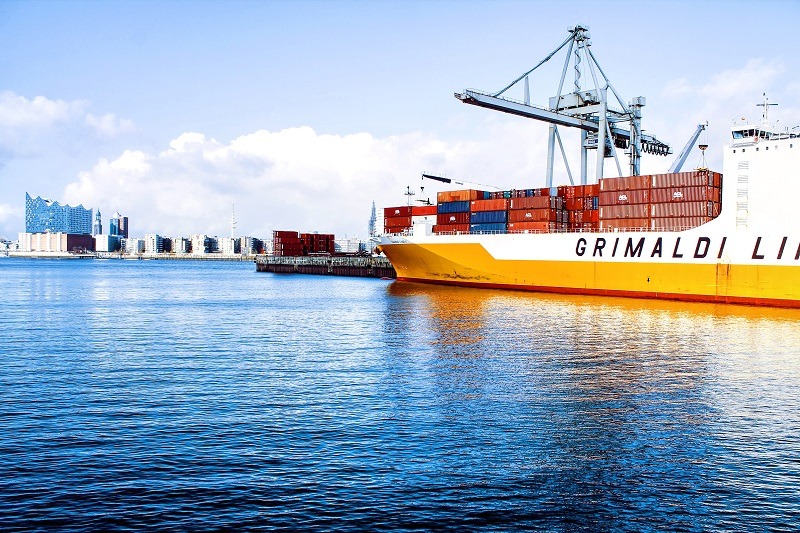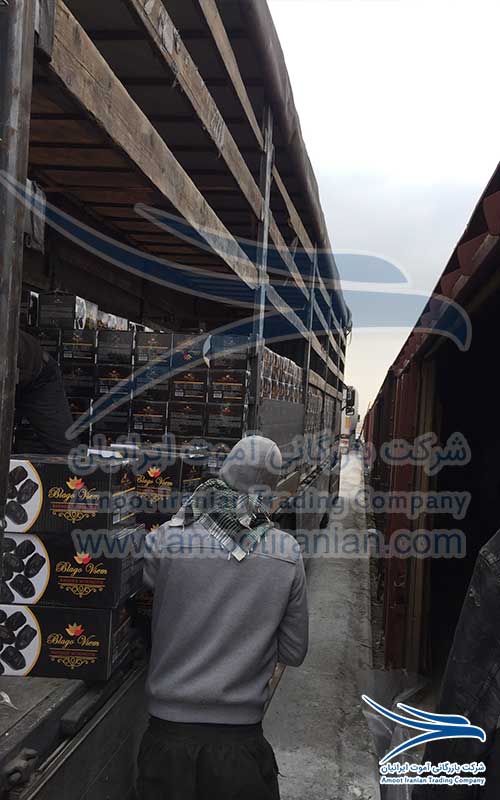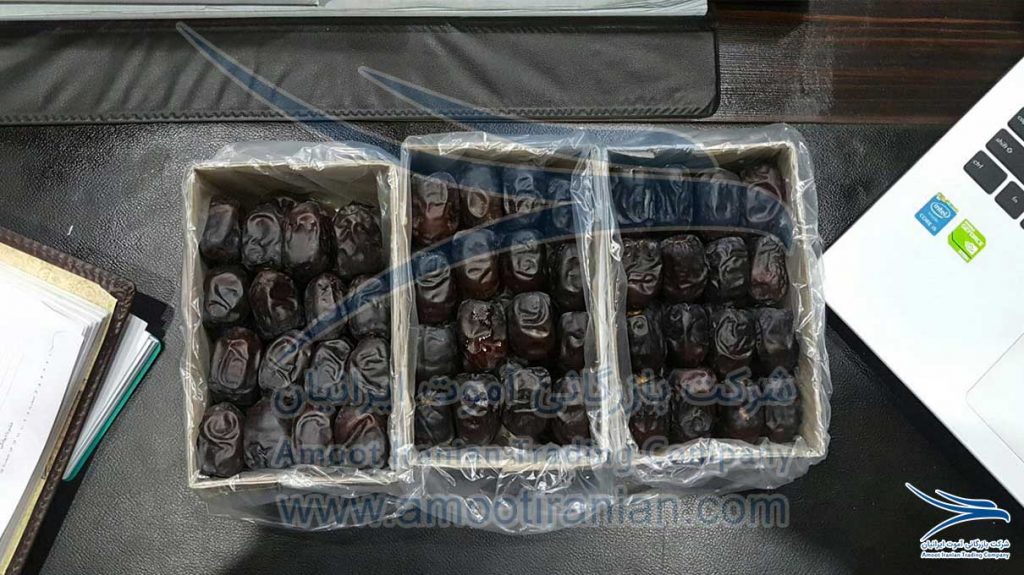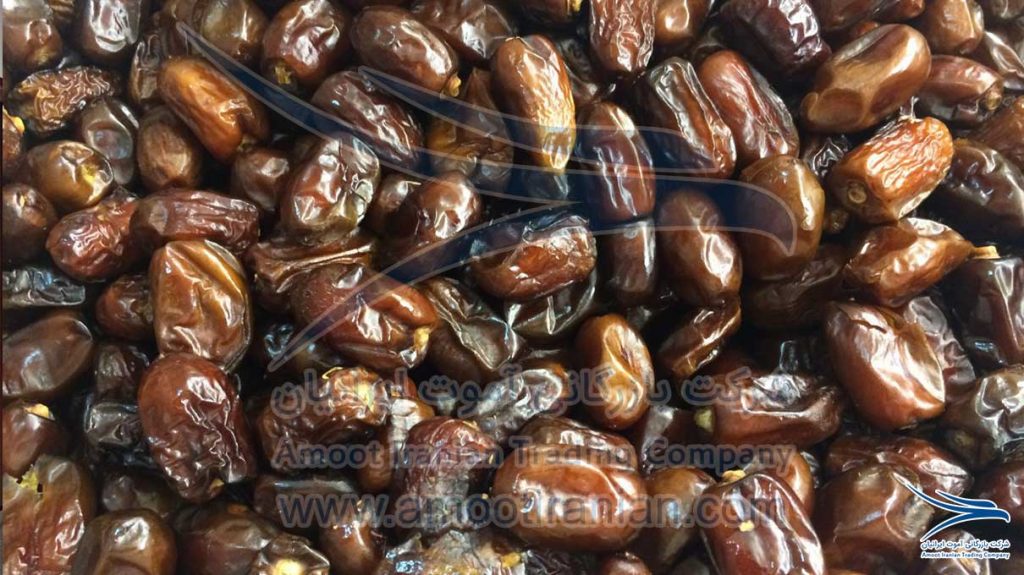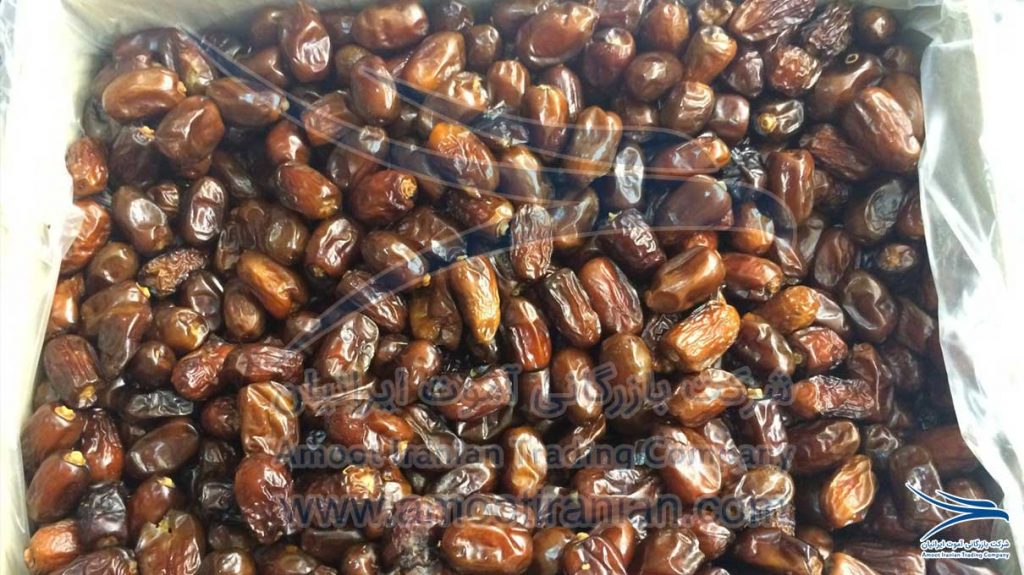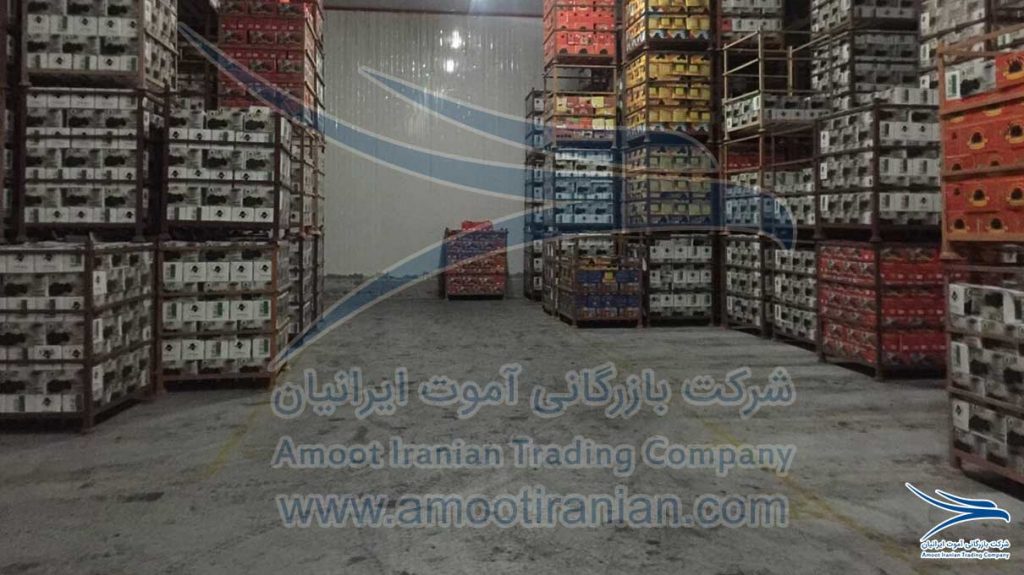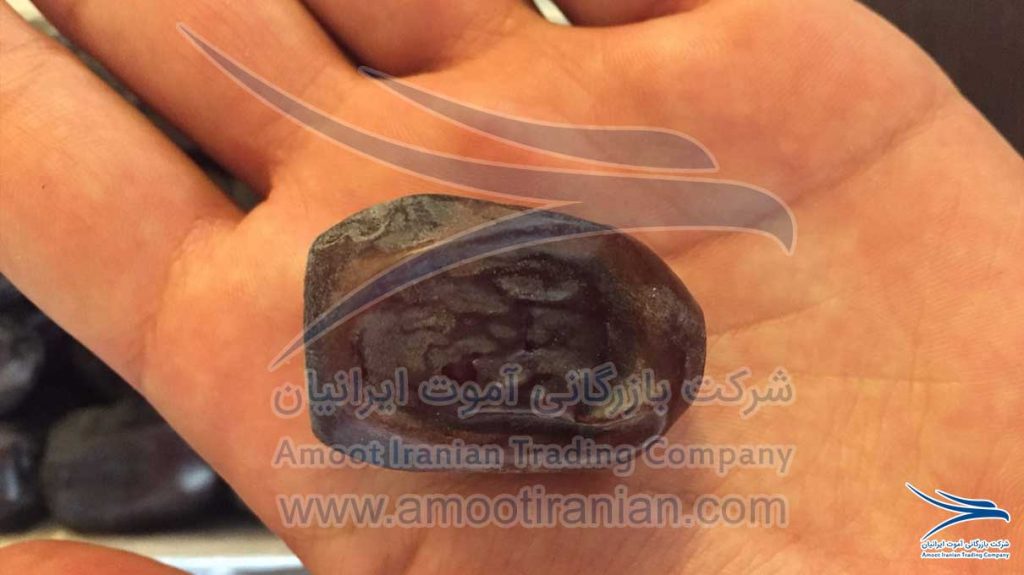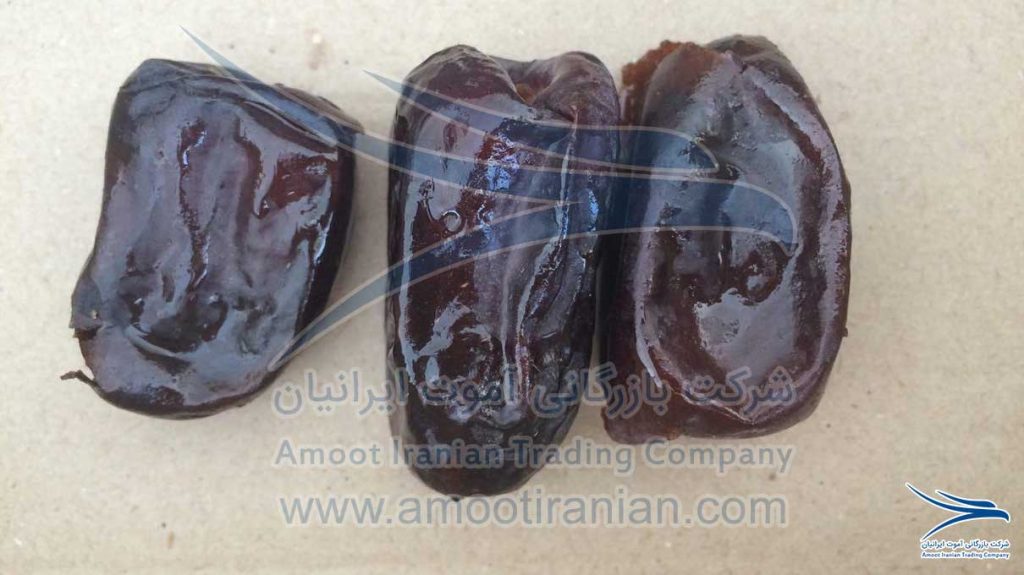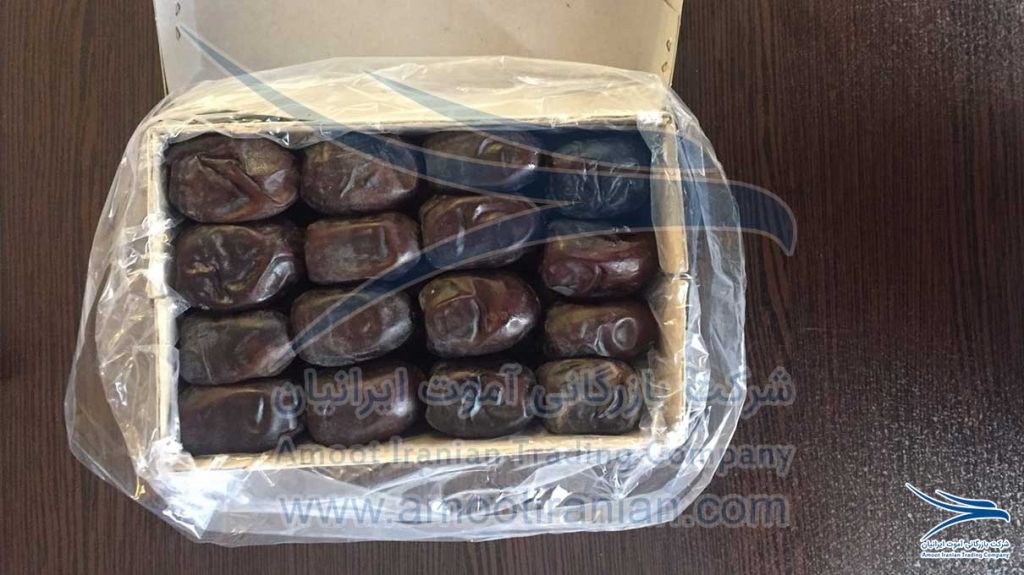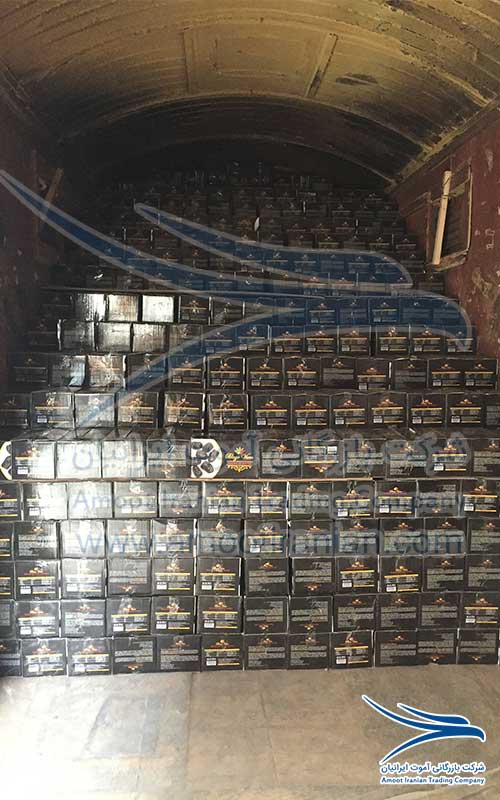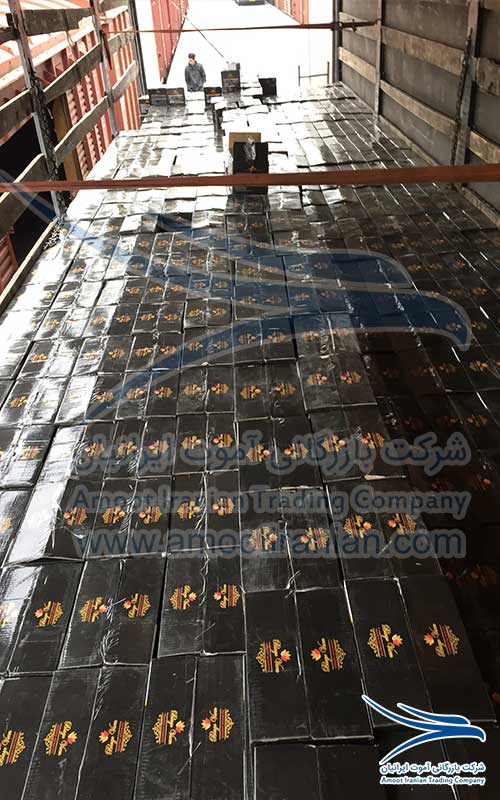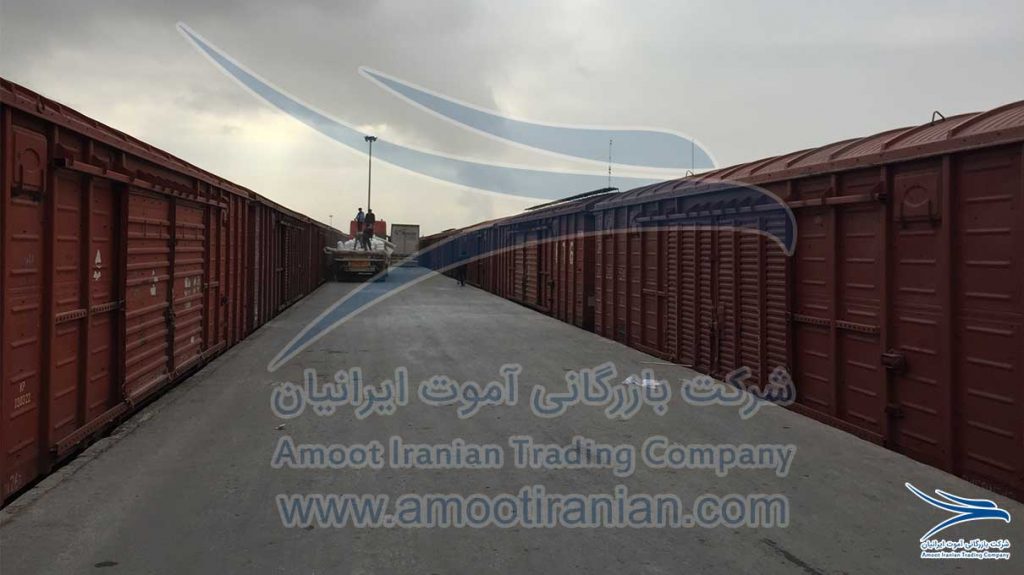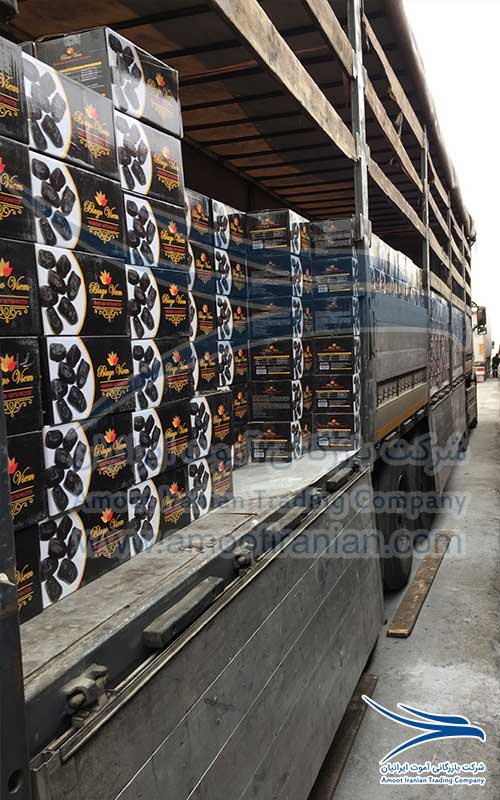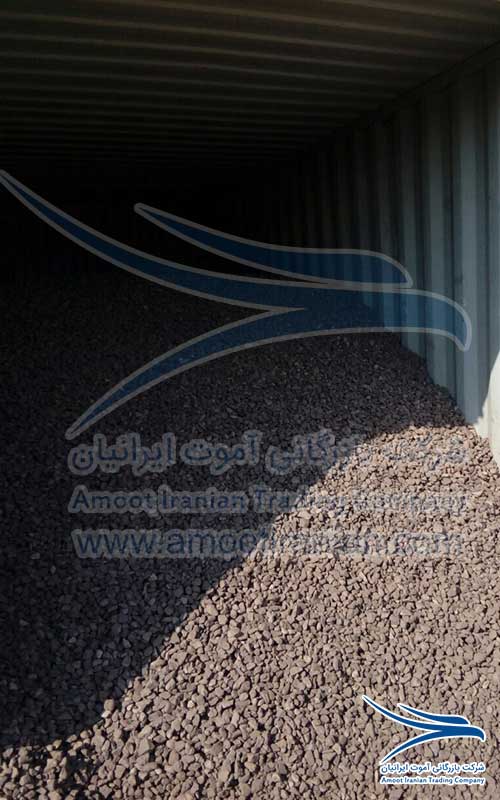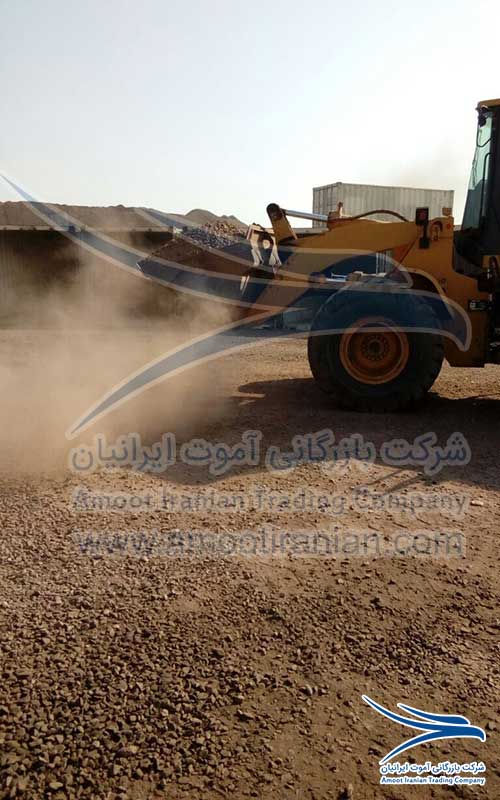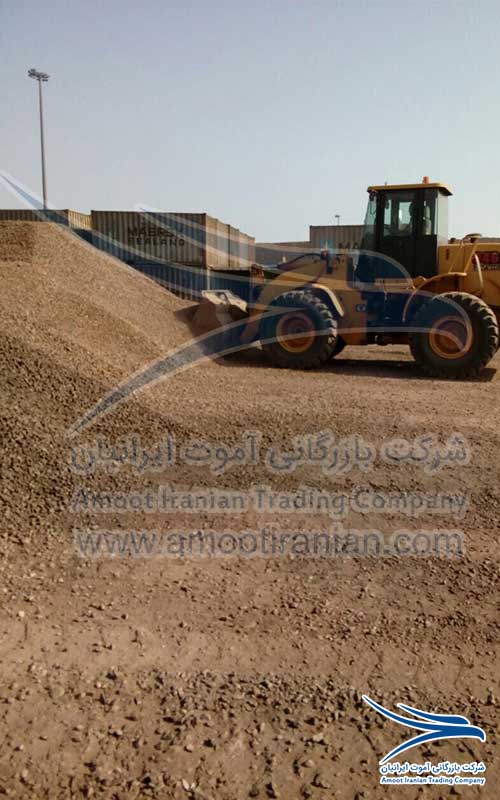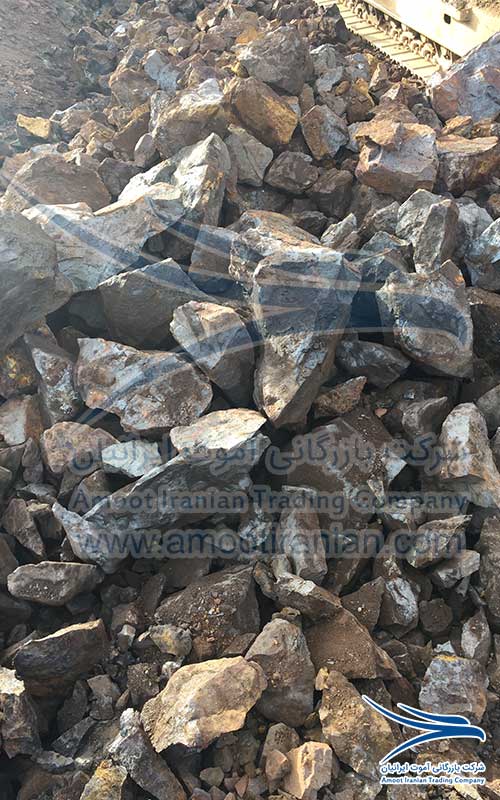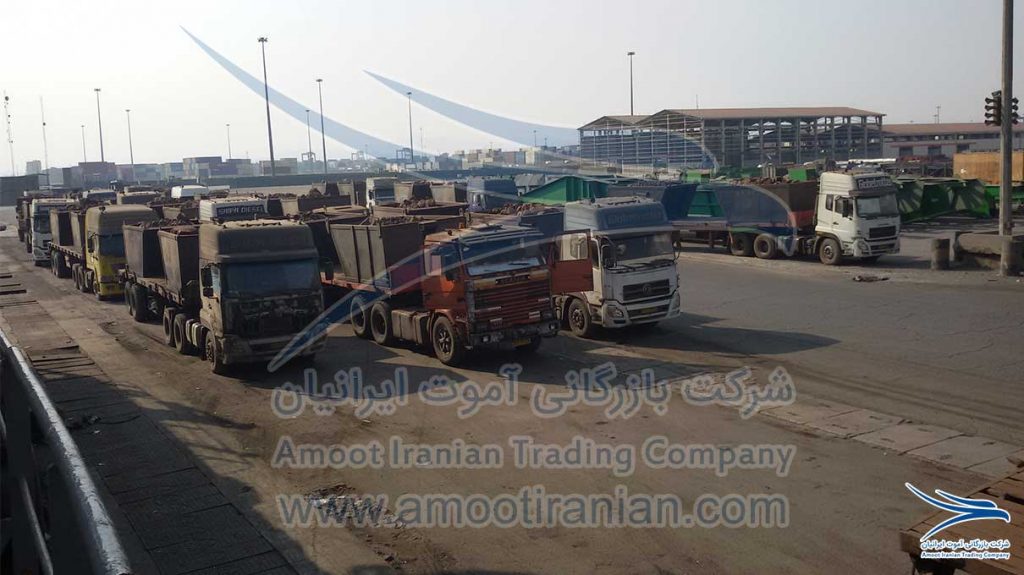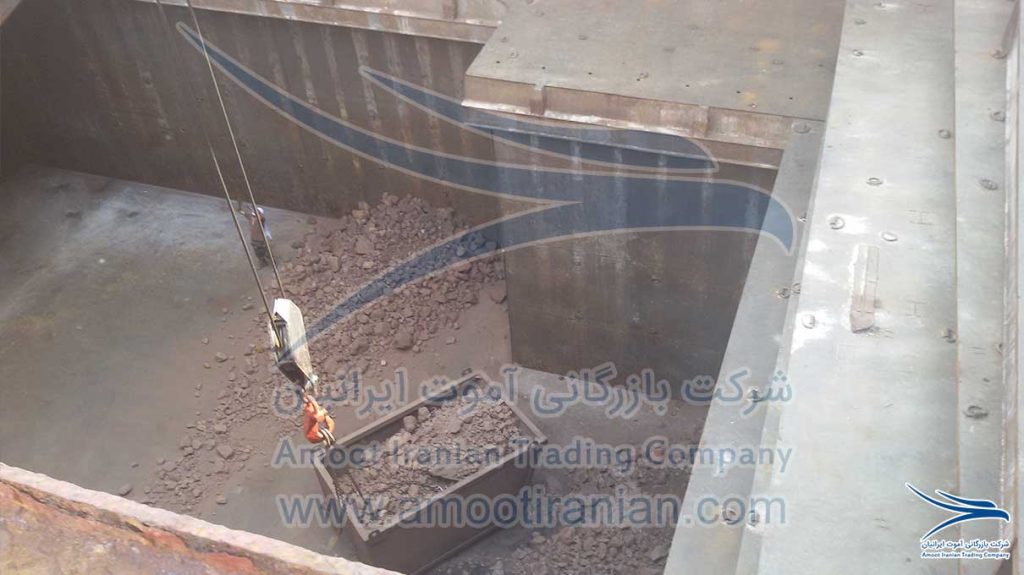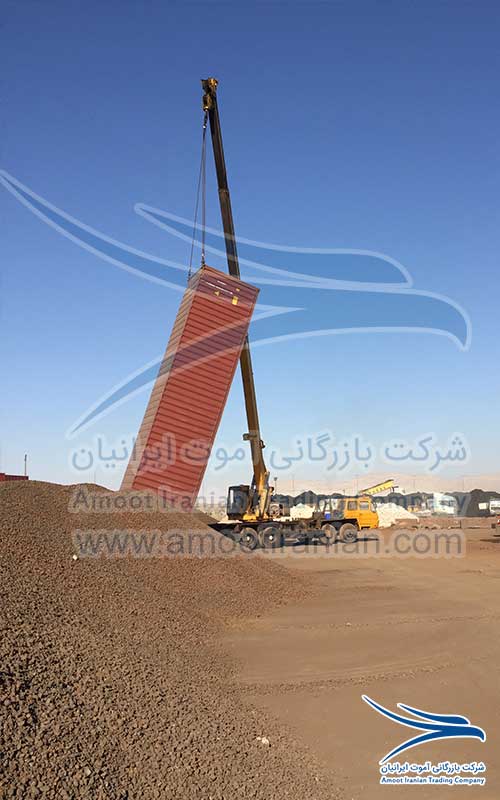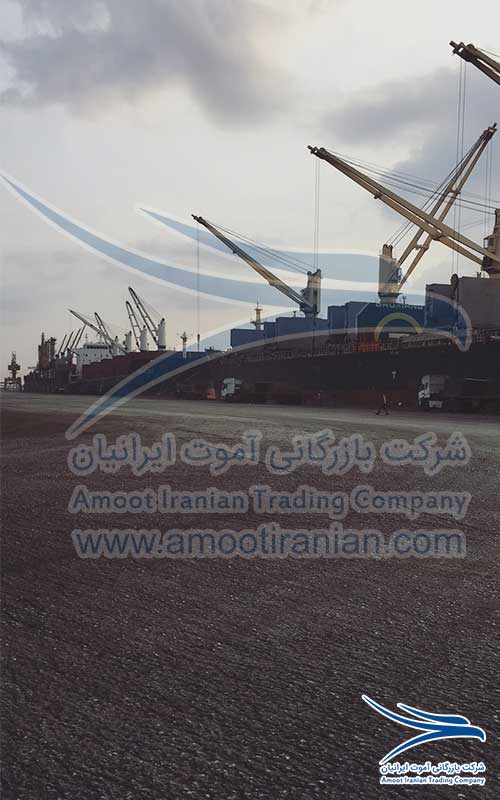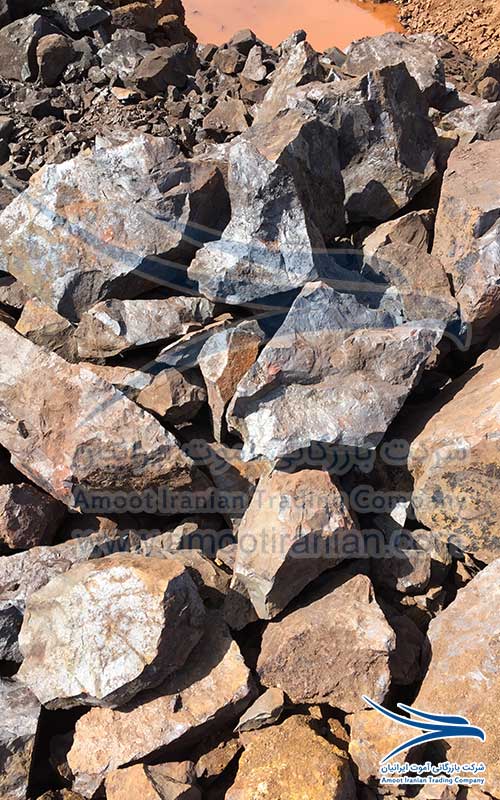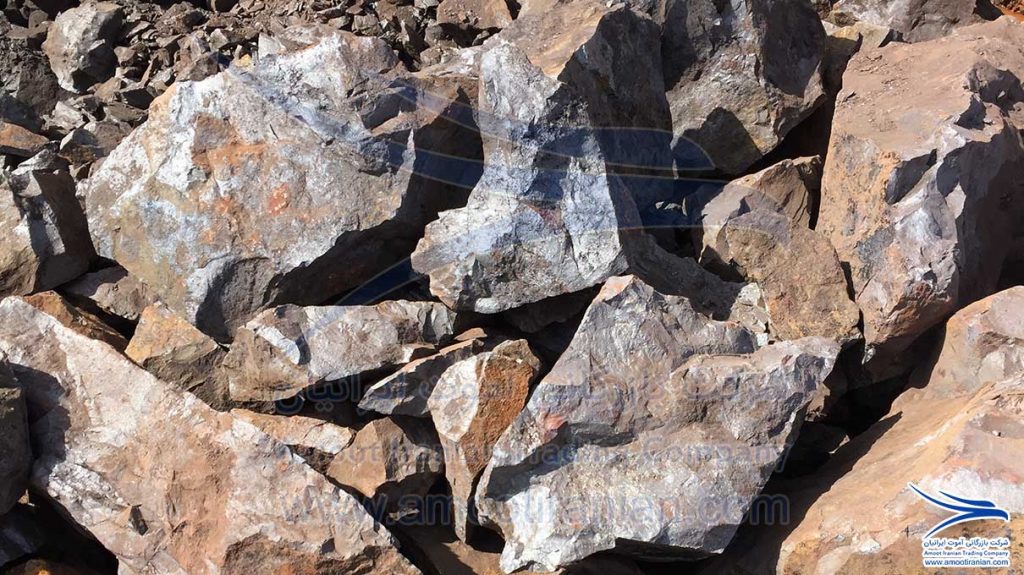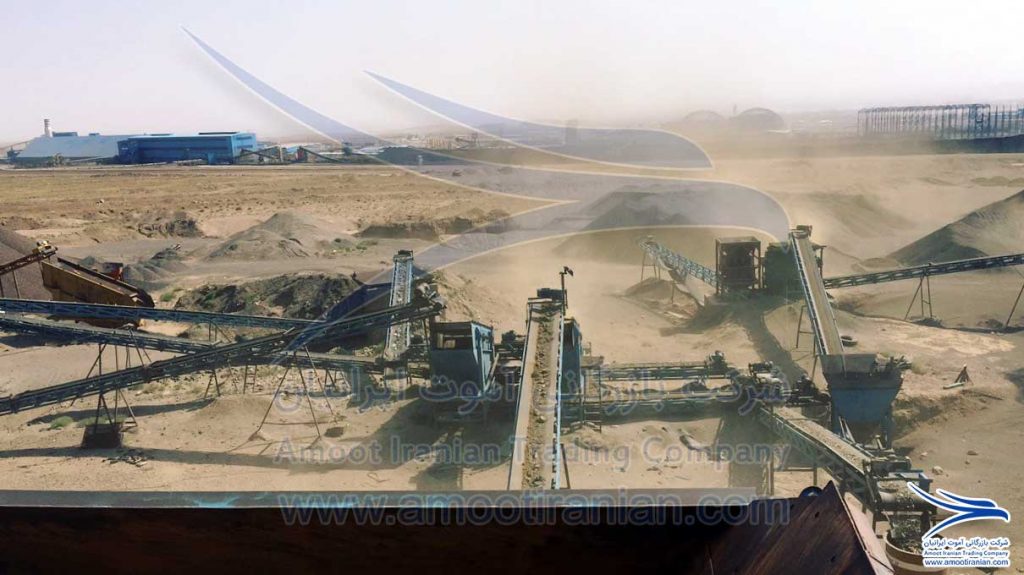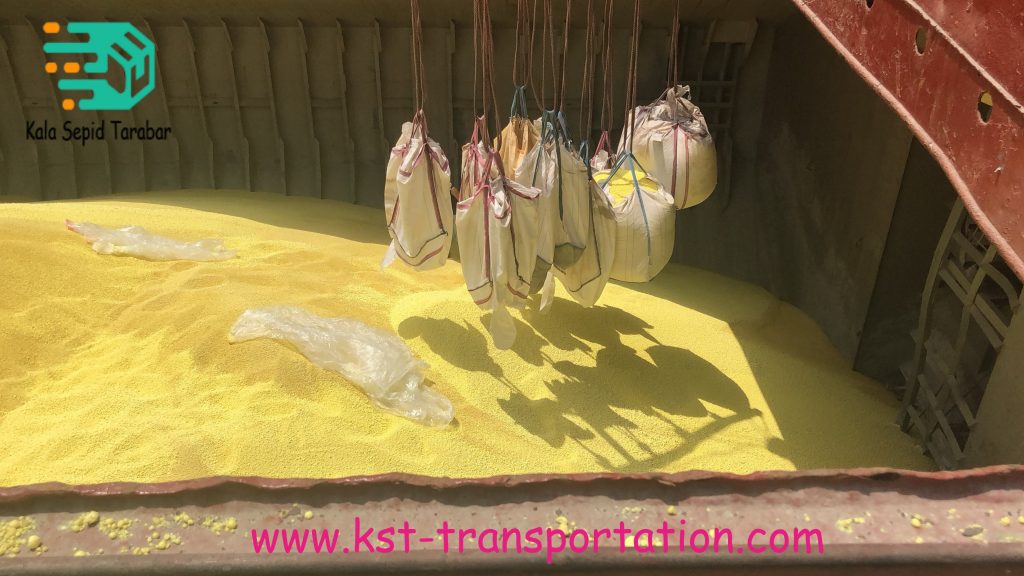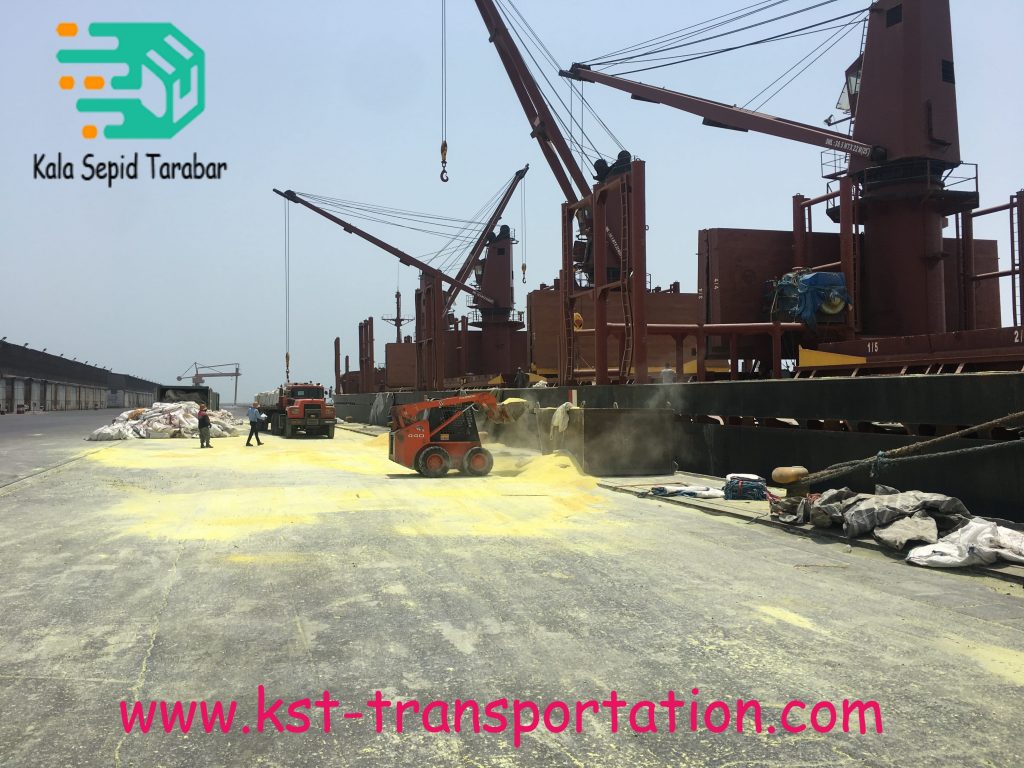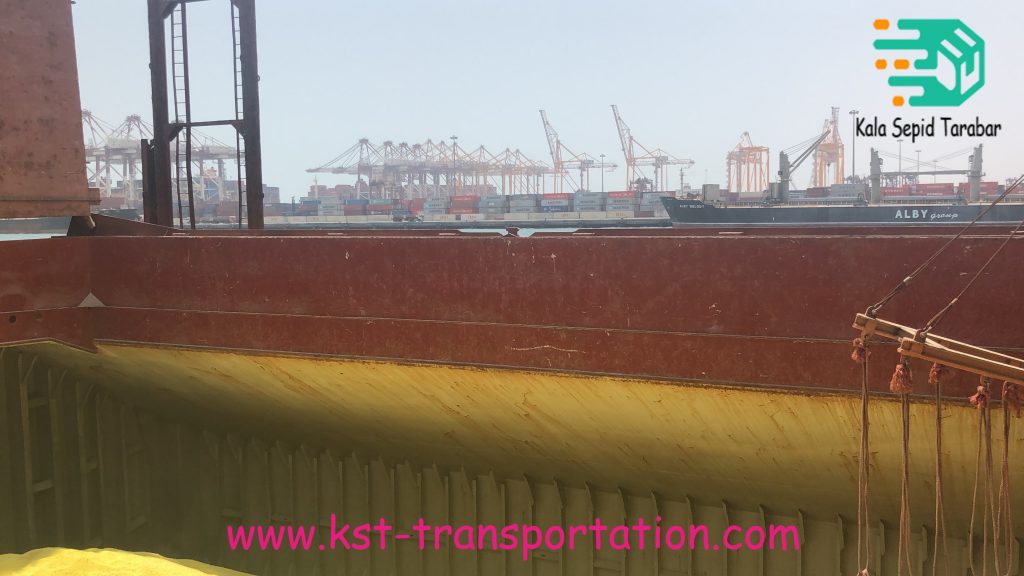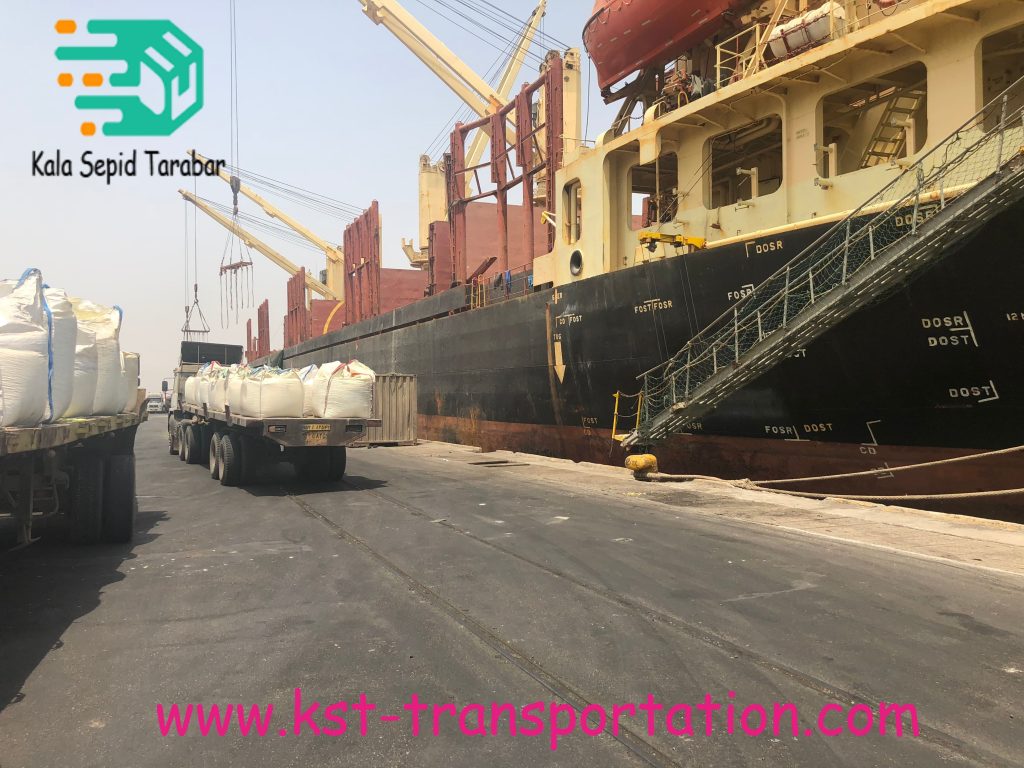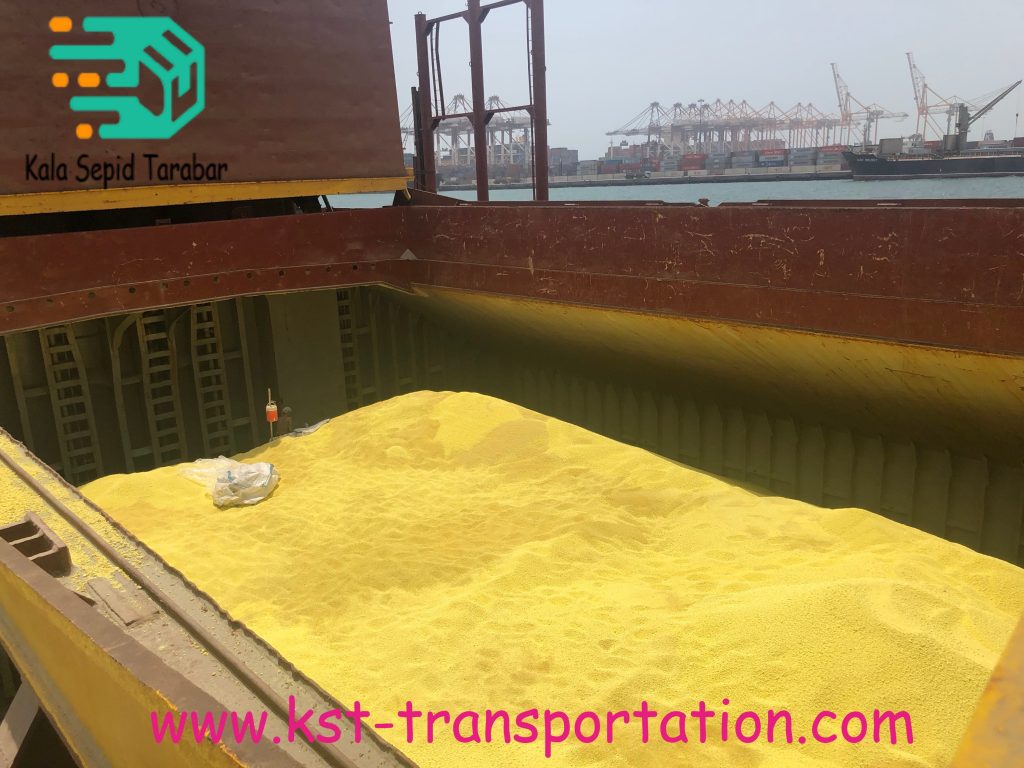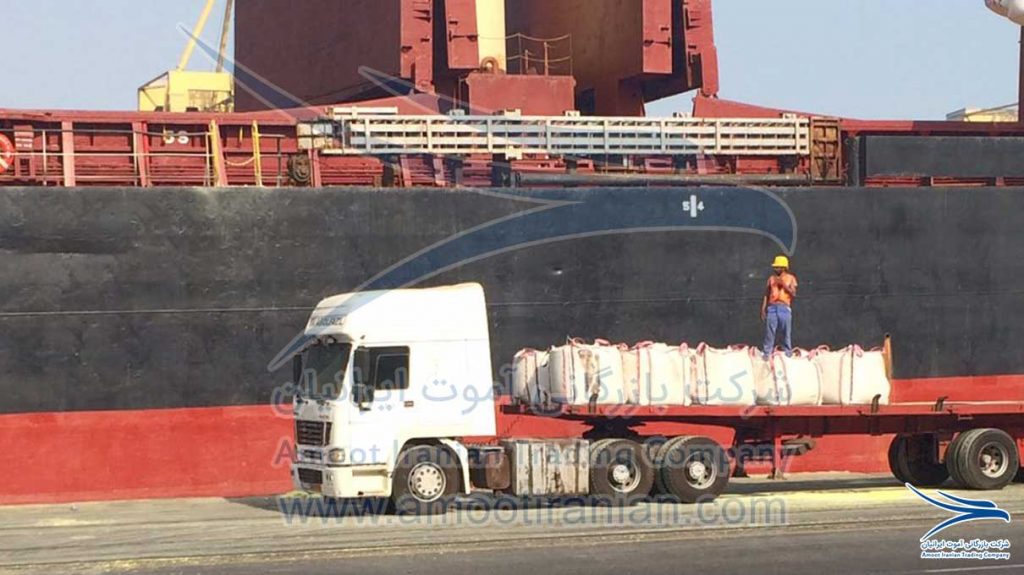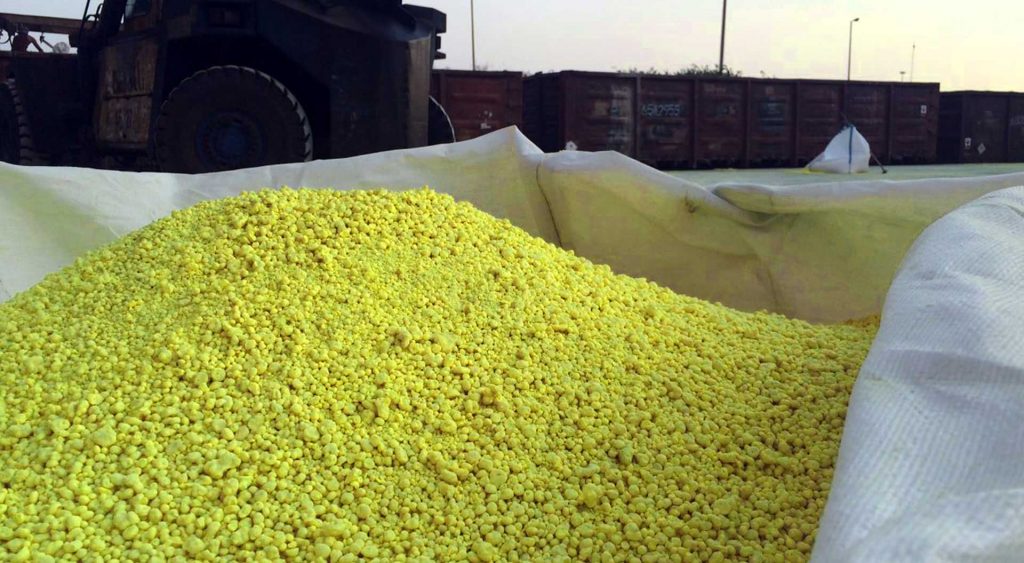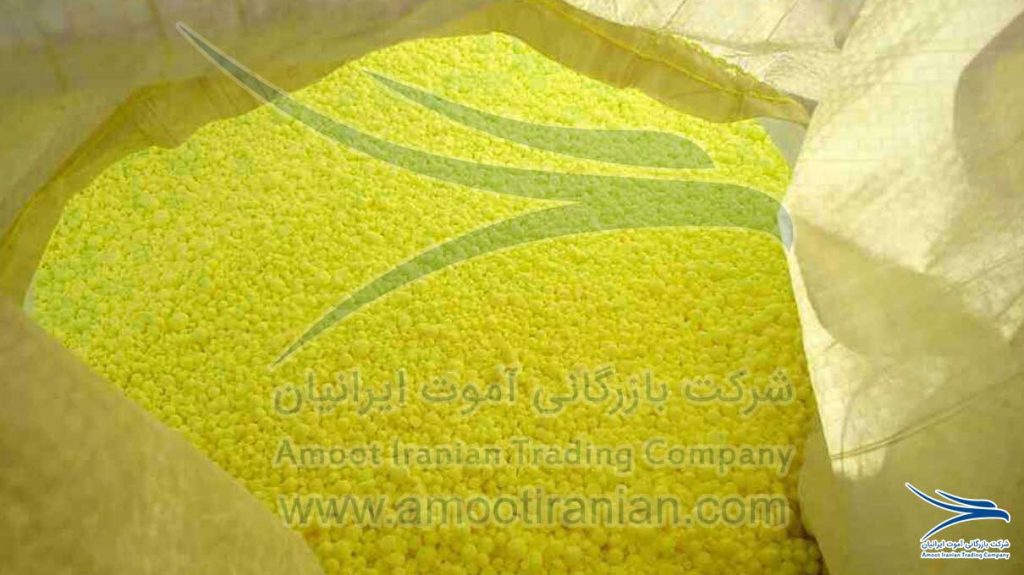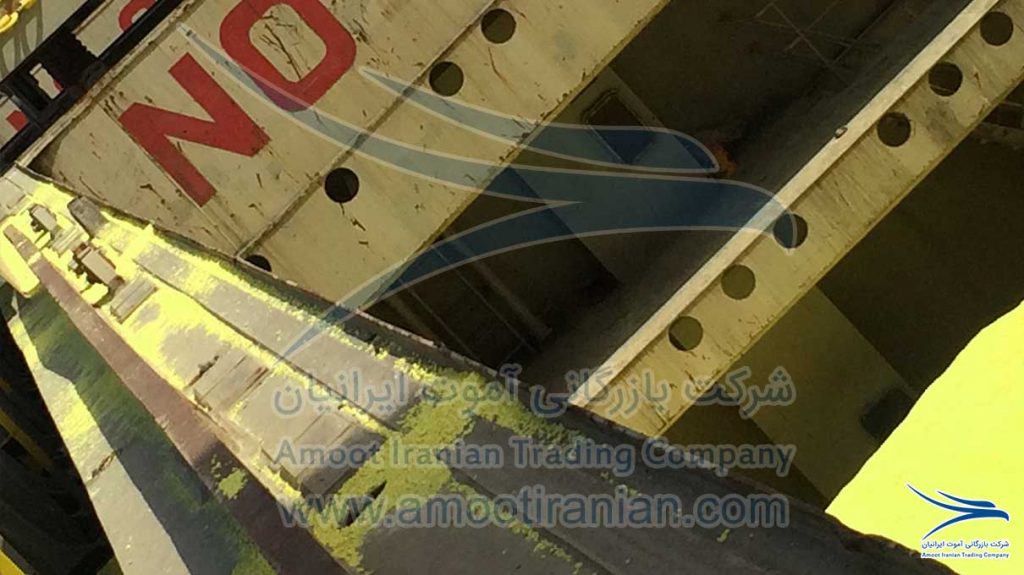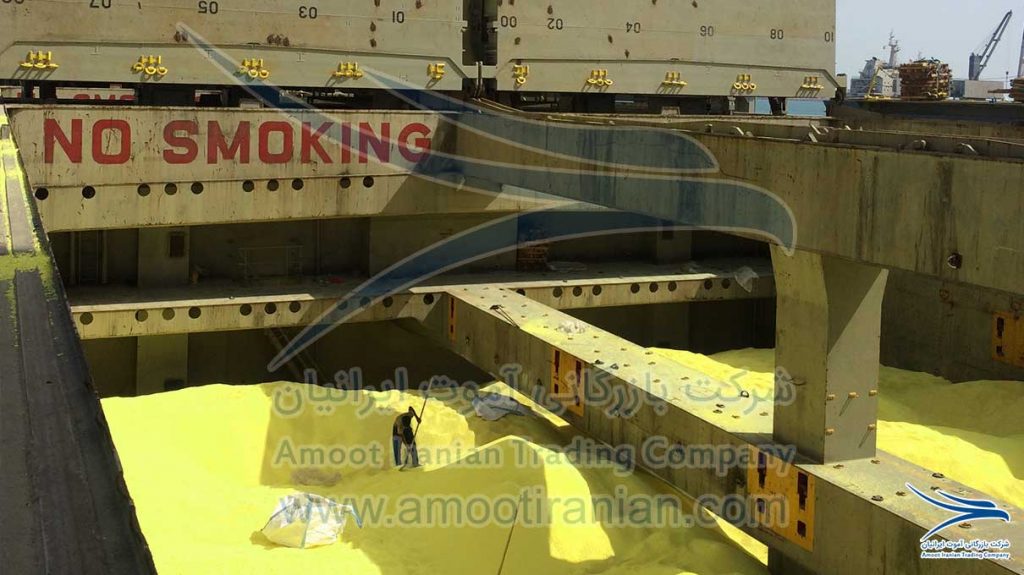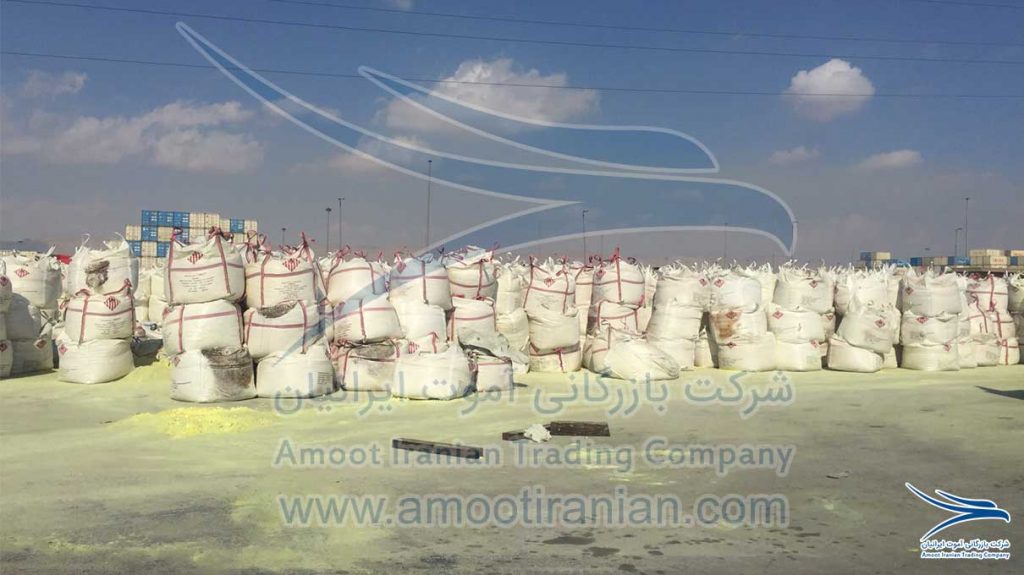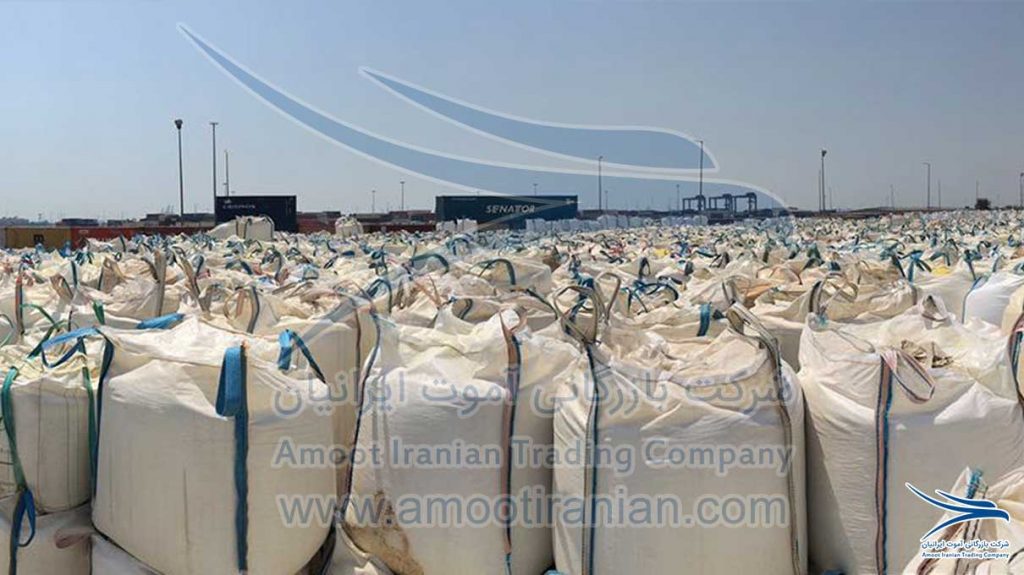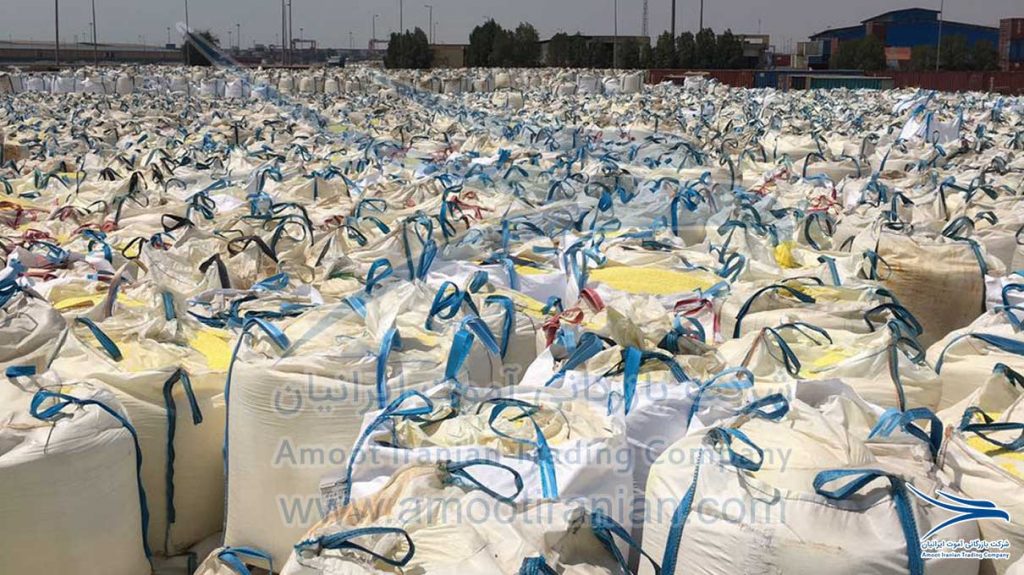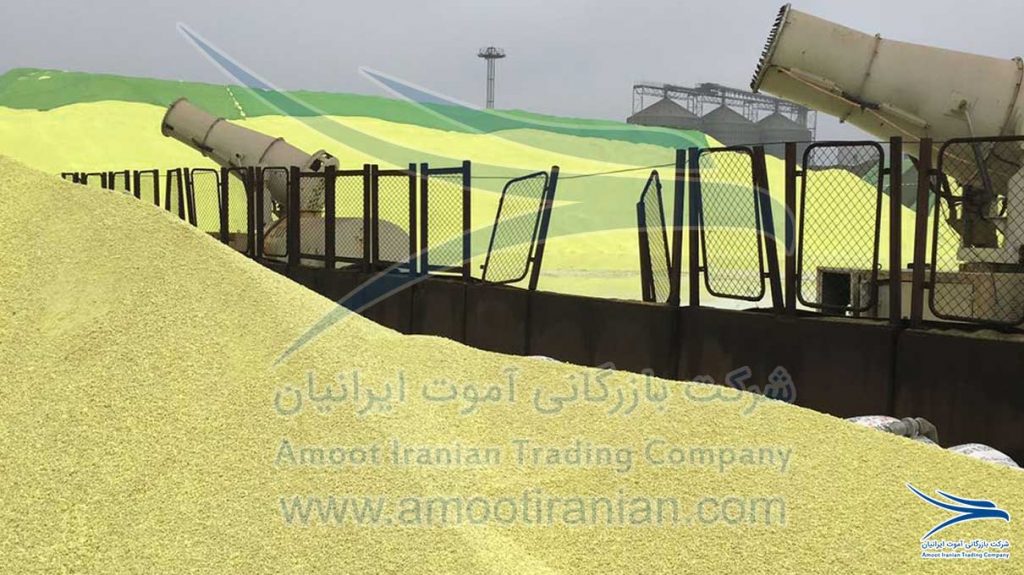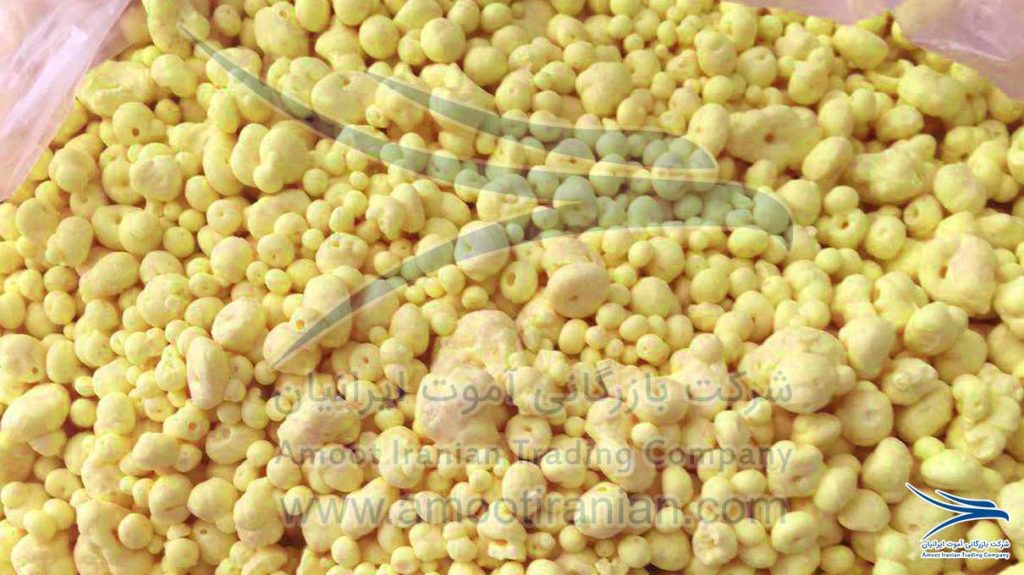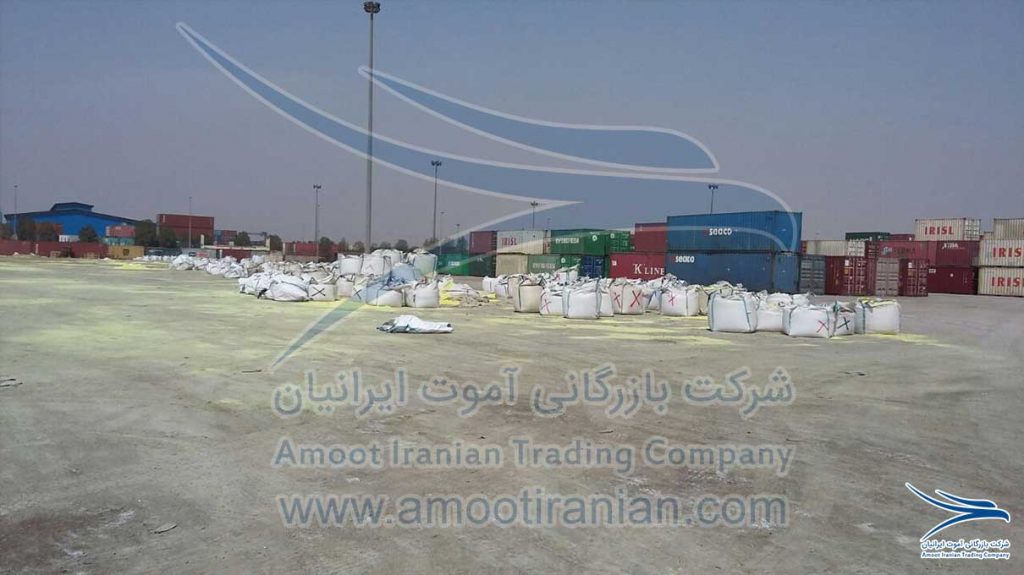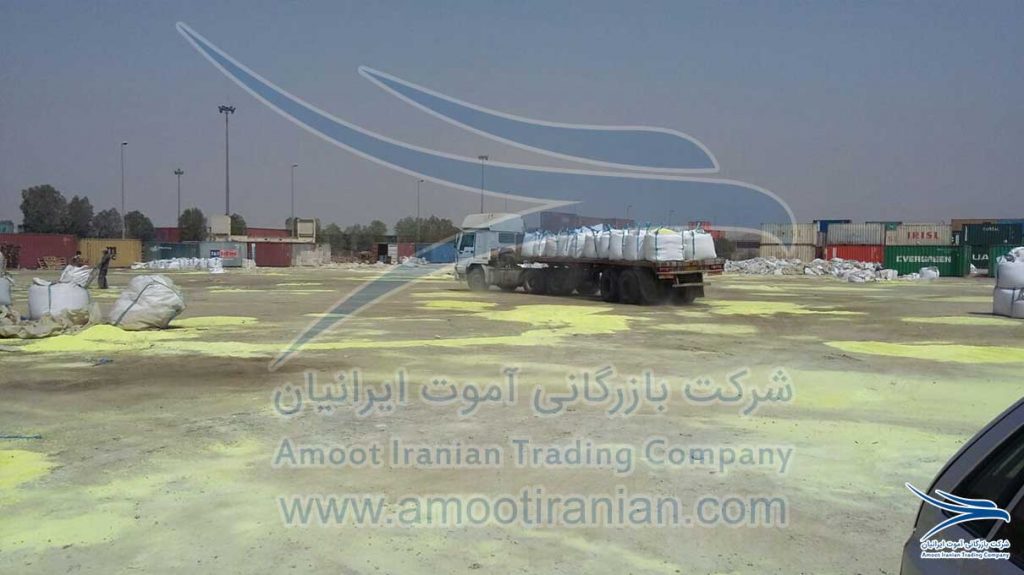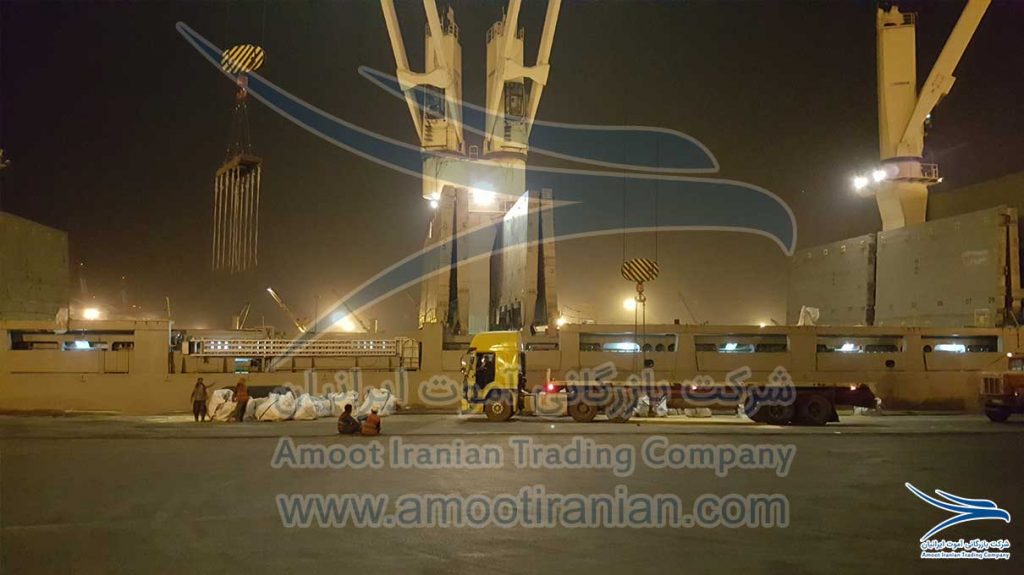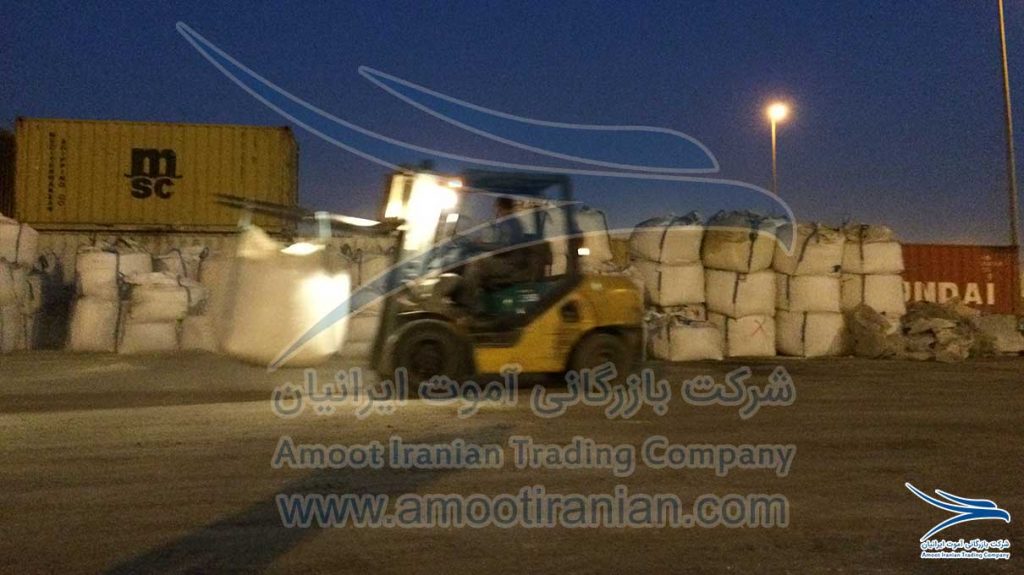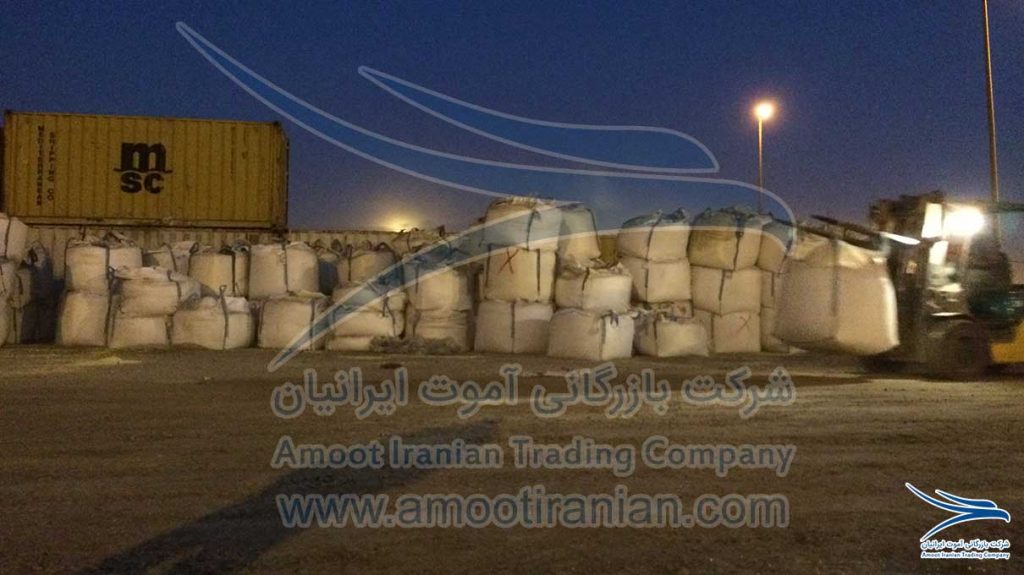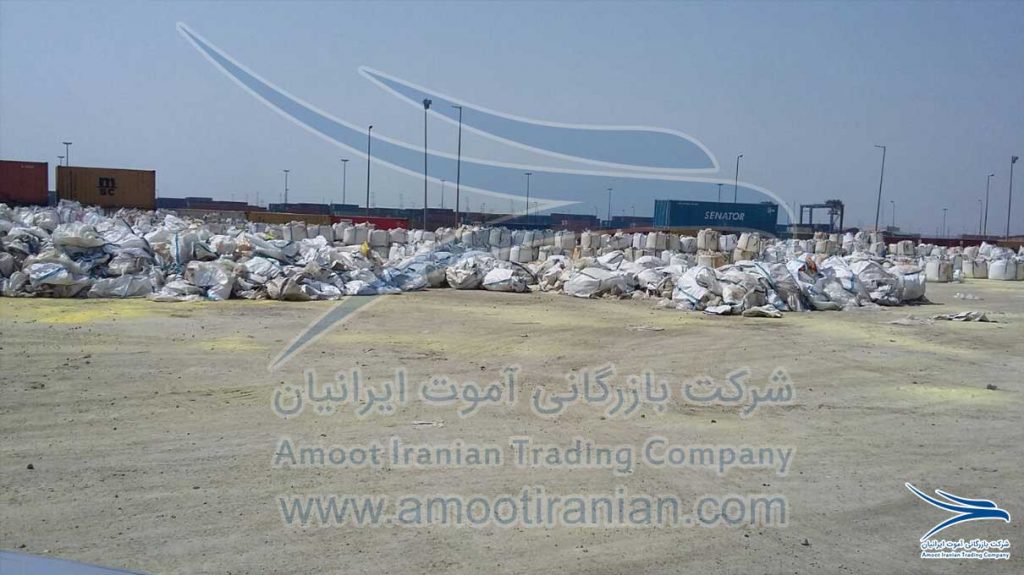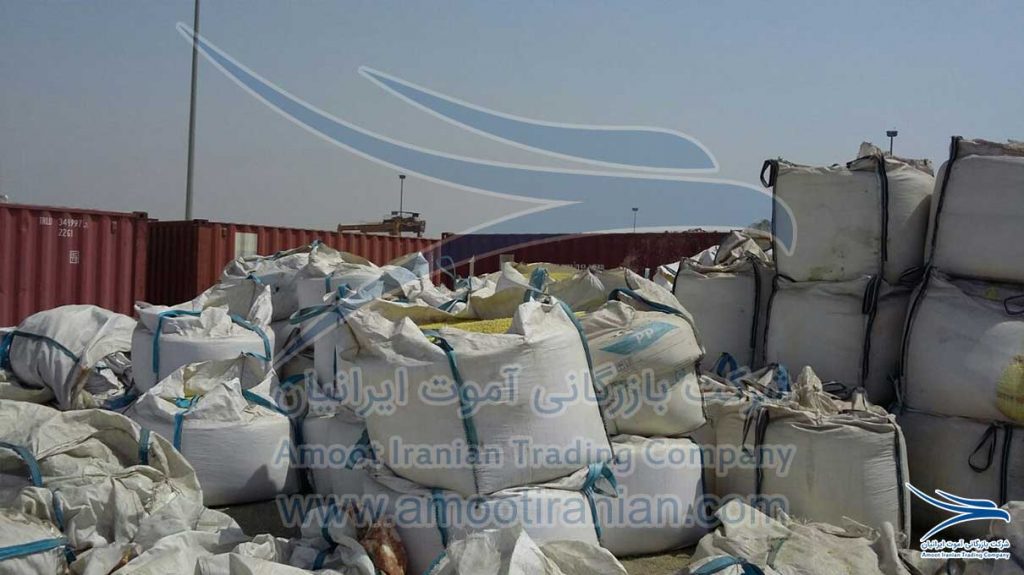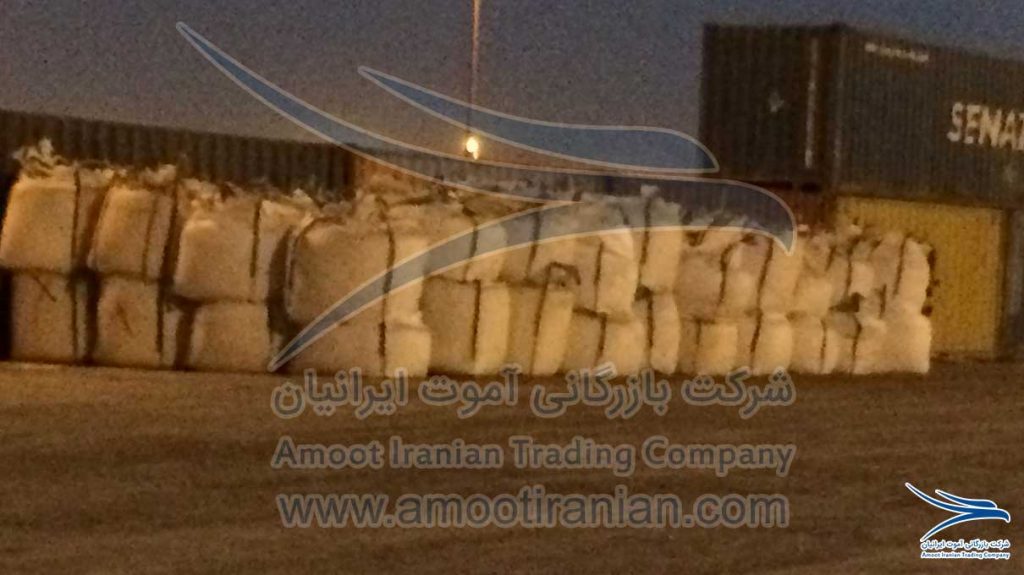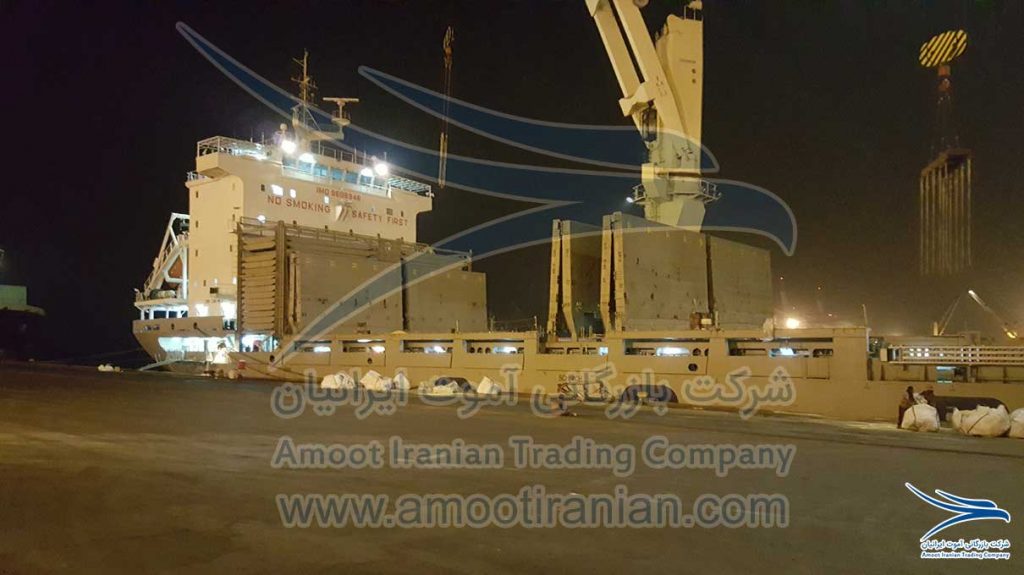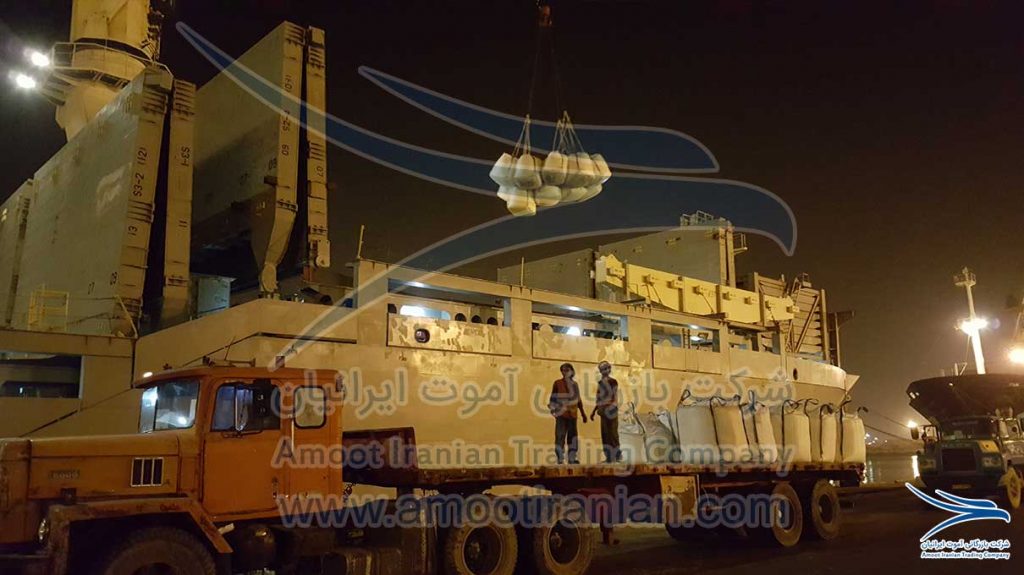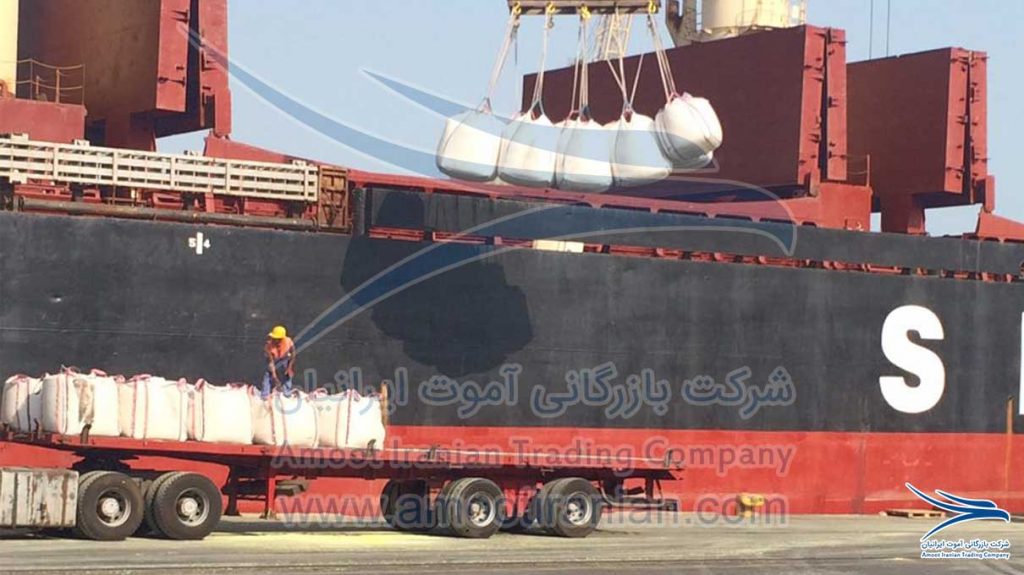Kala Sepid Tarabar Company is one of the largest active freight shipping companies in South Korea ports. One of these ports is the Busan, which the activity of Kala Sepid Tarabar Company in it is as follows:
Location of Busan Port
The Port of Busan is the largest ميناء in South Korea. It is located in the city of Busan, the second large city of South Korea.
Busan port is Located at the southeastern tip of the Korean peninsula. It is a little over 110 nautical miles east-southeast of the Port of Kitakyushu of Japan and about 247 kilometers east of Korea’s Port of Mokpo.
History of Busan Port
On third and fourth centuries, this area was known as Geochilsan-gun, refers to flat mountains surrounded it. On 757 AD, its name was changed to Dongnae. On early 15 century, the central government of South Korea designed this city as a commercial port to increase its relationship and commerce with Japan and then Korea was conquered totally by Japan. On 1924, electricity was entered to Korea by Japan.
When South and North Korea were fighting with each other, Busan was one of the two cities that never was conquered by North Korea because it was protected by UN and USA forces, however it had an appropriate defensive situation. Therefore it was faced with a huge entry of immigrants and refugees.
On 1963 Busan was separated from Gyeongsang province and on 1995 it was introduced as a metropolis city.
The Significance of Busan Port
The Port of Busan is a metropolitan city which is under the direct control of South Korea’s central government that gives it the impressive situation of a province (3.5 million populations on 2005). This city is reputed because of its long beaches (Gwangalli), mineral hot water (Heosimcheong), beautiful natural environments, the temples (Beomeosa & Haedong Yonggung), and the international film festival.
Busan port was ranked as the tenth busiest port in terms of total tonnage and the sixth busiest in terms of 20-foot TEUs of containerized cargoes in the world by The American Association of Port Authorities on 2007. It is handling about 40% of the country’s overseas cargo, 80% of its container cargo, and about 40% of Korea’s national fishery production. About 130 vessels call at Busan port every day.
Facilities of Busan Port
- South port: South Port covers a total of 90 thousand square meters. It consists over 4.1 kilometers of quays and a 400-meter breakwater. South Port in the Busan port is the largest fishing base in South Korea. It is the home of Busan Cooperative Fish Market which accounts for 30% of the nation’s total marine products sales volume.
- Gamcheon Port: Gamcheon Port covers a total area of more than 153 hectares. It has over 6.6 kilometers of quays and 1150 meter breakwater. The quays can berth 34 vessels in sizes varying from 50 thousand tons to two thousand tons. Gamcheon Port was established to support the increasing cargo volumes entering and leaving the Port of Busan and to supplement the North Port. It handles about 12 million tons of cargo each year.
- Busan New Port: Busan New Port contains the north, south, and west container quays on Gudak Island. The quay wall of Busan New Port has space of 9.95 kilometers (6.1 miles) with 30 ship berths and the capacity to handle over eight million TEUs per year.
In addition to ferry routes between the Port of Busan and Japanese ports, this port is served by a main railway, the Kimhae International Airport, and many express buses.
Future Improvements of Busan Port
South Korea is one of the most advanced countries which are increasing its trade with more and more countries in the globe. Hence it tries to compete with more famous Asian ports and performs as the first Asian port in near future.
Provided Services by Kala Sepid Tarabar Transportation Company for Busan Port
Kala Sepid Tarabar Company as a reliable, rusted, and famed freight transportation firm can provide any kind of transportation services that the customer demands to Busan port of South Korea including:
From Iran to Busan Port:
- Transporting 20 foot container to Busan Port
- Transporting 40 foot container to Busan Port
- Transporting dangerous cargoes to Busan Port
- Transporting Iso tank to Busan Port
- Transporting flex tank to Busan Port
- Transporting Ref containers to Busan Port
From Busan Port to Iran:
- Receiving the cargo from your company or storeroom in any city of South Korea
- Completing the custom affairs at Busan Port
- Transporting your cargo from Busan Port to Bandar Abbas port of Iran

